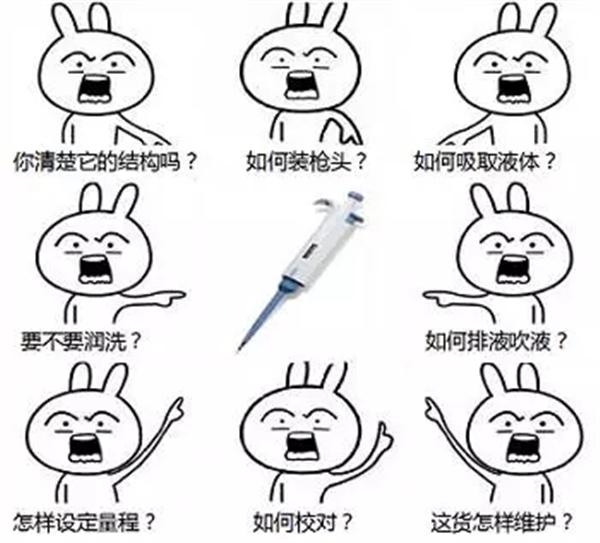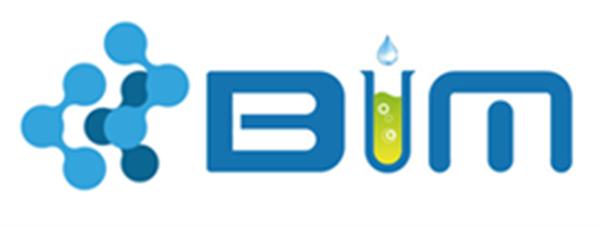As a fundamental tool in the lab, the pipette is always at the center of attention! Whether you're preparing WB samples or different buffers, it's an essential part of your workflow. Even when handling antibodies and sample solutions, the precision of this device can make all the difference. The value of your research is only half if you don’t use it correctly.

Proper Use of Pipette Tips:
Have you ever heard that "clinking" sound when attaching a tip? If you’re still struggling to place a few tips on the pipette, be careful—hitting the tip box with force can damage internal components like springs or even cause the scale knob to jam or the tip sleeve to break.
The correct way is to insert the pipette vertically into the tip and apply slight pressure by turning it 1/4 or 1/2 turn to ensure a tight fit. For multi-channel pipettes (like 8- or 12-channel models), align the first tip with the first port, then insert it diagonally and shake gently front to back. The logo should sit slightly above the O-ring, creating a clear seal.
Adjusting the Volume:
When adjusting from large to small volume, turn the knob counterclockwise as usual. When going from small to large, first rotate the scale clockwise beyond the desired range (about 1/3 turn), then return to the set volume for maximum accuracy. Never push the button out of its range, as this can cause internal jams and damage the pipette.
High-Precision Rinsing:
For regular liquids, standard rinsing works fine. But when working with organic solvents or highly volatile substances, gas buildup in the white sleeve can create negative pressure and lead to leaks. In such cases, pre-rinse 4–6 times to saturate the gas and eliminate the pressure. Note: Avoid using high or low temperature liquids, as they may damage the piston mechanism.
Pipetting Techniques:
1. Keep the pipette vertical—no more than 20° tilt. Tilting affects pressure and increases error. 2. Ensure the tip is immersed to the correct depth to minimize liquid take-up errors. 3. Aspirate at a steady speed. Too fast can cause bubbles, vortexes, and cross-contamination, especially with larger volumes. After aspiration, pause for 1–3 seconds. 4. Discharge by pressing the piston to the first stop. Blow out by pressing further to the second stop. 5. Always remove the tip before laying the pipette flat—otherwise, residual liquid could flow back and damage internal parts.
How to Check if Your Pipette Is Working Properly?
During experiments, issues like air leaks, difficulty in drawing liquid, or unclean performance may indicate problems. If the pipette fails to draw 1 mL properly, it’s time to check or calibrate it. Regular self-checks and maintenance are crucial for accuracy and longevity.
Maintenance Tips:
1. If used daily, clean and calibrate every 3–6 months. 2. If not used for long periods, adjust the volume to the maximum to keep the spring relaxed. Otherwise, the piston may not return properly. 3. If liquid enters the piston chamber, clean it immediately. 4. Before high-temperature sterilization, confirm the pipette can withstand heat to avoid deformation and leakage. 5. After handling volatile or corrosive liquids, disassemble the pipette, rinse the piston rod and white sleeve with distilled water, dry thoroughly, and reassemble. This prevents corrosion and ensures continued accuracy.
Shanghai Huding Bio-Friendly Reminder:
Using a pipette correctly improves experimental accuracy, reduces errors, and extends its lifespan. Small details matter a lot in scientific work. Shanghai Huding Biotechnology Co., Ltd. offers a wide range of products including pig ELISA kits, human ELISA kits, rat and mouse ELISA kits, biological reagents, sera, antibodies, media, standards, domestic sera, and GIBCO fetal bovine serum. All our products are for research purposes only. Quality is guaranteed—contact our sales team for more information!

Electric Vehicle Air Conditioning Compressor Sealing Terminal
Electric Vehicle Air Conditioning Compressor Sealing Terminal,Gtms Terminal For Car,Ev Compressor Terminal,High Voltage Connector For Electric Compressor
Shenzhen Capitol Micro-Electronics Co.,LTD , https://www.capitolgtms.com